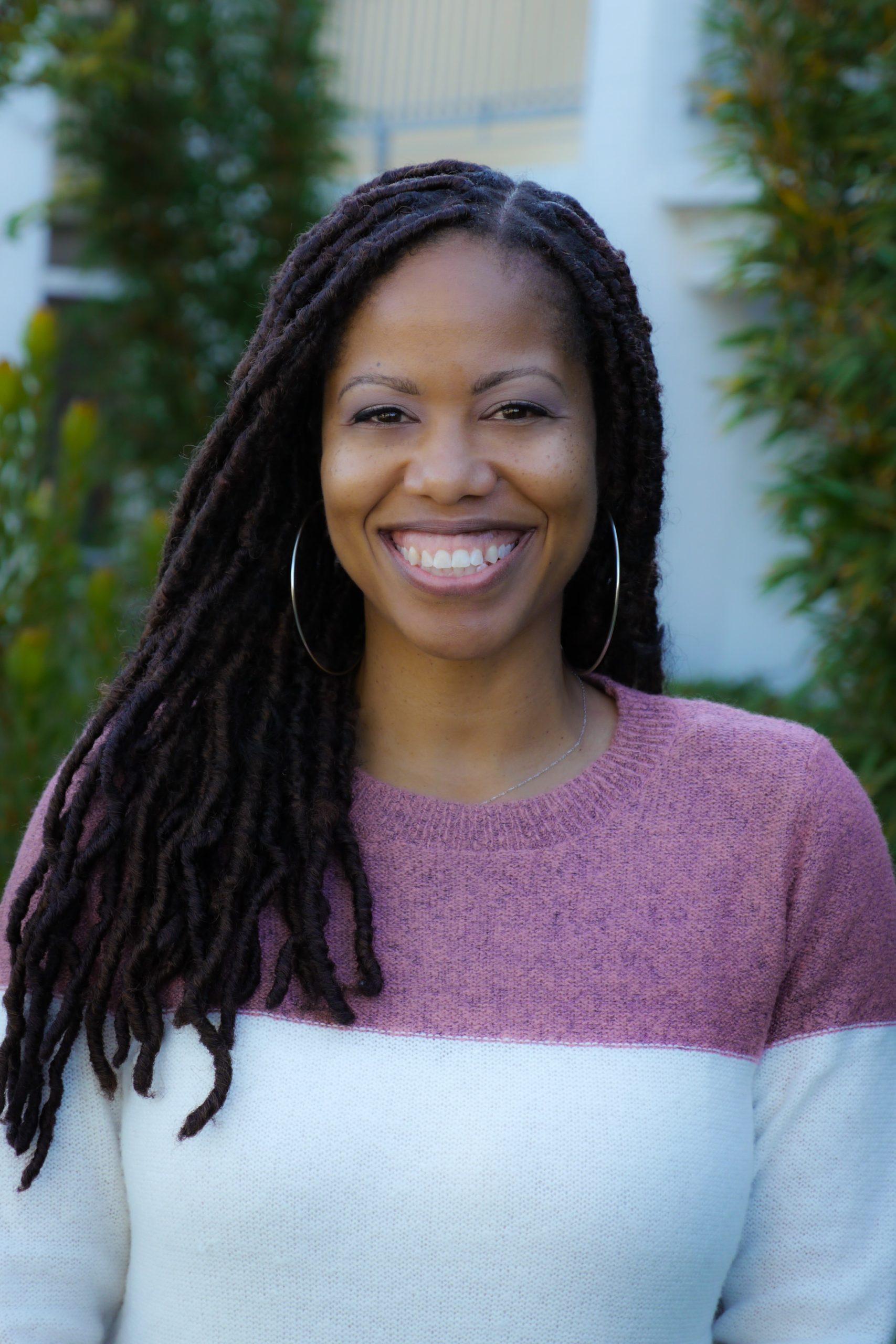EQUITY & IMPROVEMENT
Novice teachers need safe spaces to learn and grow
By Val Brown
Categories: Career pathways, Learning communities, Mentoring & inductionFebruary 2023
When I was a first-year teacher, my assistant principal came to my classroom one afternoon and handed me a letter to distribute to my students. The letter notified them and their caregivers that I was not a “highly qualified teacher,” as defined by the state department of education. I had passed two subject area tests that granted me a temporary teaching license and was enrolled in a master’s degree program, but I had not majored in education and still had to take several graduate-level courses to attain a professional certificate.
The assistant principal assured me my temporary status was insignificant, but the hundred pieces of paper I held in my hands felt weighty. Embarrassed, I buried them under other papers to be dealt with later in the week. But when there was no follow-up from my administrator, I quietly hid the letters in the bottom of the recycling bin. I felt shame.

At the same time, as a first-year teacher, I knew I needed to build trust with my students and their caregivers, and I knew I wouldn’t do that by giving them a letter that said I was not highly qualified to teach.
What if I had handed out those letters? Would the community still have come to trust and respect me? I’ll never know for certain, but I can easily imagine a scenario where they didn’t and that their skepticism, combined with normal first-year teacher struggles, could have turned me off to teaching and prematurely ended my education career.
I didn’t belong
When I think about this story now, more than 19 years later, I am struck by the fact that state, district, and school administrators unintentionally but powerfully sent me the message that I did not belong in my chosen profession, the one I felt deeply passionate about. Even worse, they tasked me with sharing that message with my students and their parents.
We know that fewer young people are going into teaching, that far too many teachers leave the profession after just a few short years, and that schools are scrambling to fill vacancies. And in that context, I wonder how my experience — and especially the experiences of other novice educators who didn’t stay in the profession — could have been different.
I was fortunate because I had a secure support system — I lived with my parents and only had to contribute nominally to the household income — and I used every free moment I could scrounge to seek formal and informal professional learning communities. But new teachers shouldn’t have to be lucky to get the support they need to succeed.
Here are two aspects of school culture that administrators can address in a systematic way to provide novice — and all — educators the support they need to stay connected and engaged for the long term.
A safe place to be vulnerable
During my first year, I attached myself to another first-year teacher. Although we taught different subjects, we were bonded by our inexperience. Our classrooms were down the hall from each other, and our physical proximity allowed us to lunch together, give each other emergency bathroom breaks, and talk frequently. In our discussions about school and district procedures, classroom management and student engagement, I could be vulnerable. I could ask the questions I felt I should already have answered, admit mistakes, and brainstorm ways to be better for my students as soon as the next bell rang.
This was different than the mentoring and coaching many systems provide to novice educators because we were at the same level and we felt comfortable being vulnerable with each other. After reading the letter that said I wasn’t highly qualified, I couldn’t imagine walking up to one of my administrators and asking for help. It felt like I would be saying, “You know what? Not only am I not highly qualified, but it is probably more accurate to say I am barely qualified!”
If administrators make it safer for teachers to be vulnerable and ask for the help they need, those teachers are more likely to grow into their roles and be successful in the short and long term. It is my hope that leaders will change school culture away from shame and toward vulnerability.
As you work toward that goal, consider:
- What practices in your system — formal or informal, written or unwritten — might make educators, especially new educators, feel shame or that they do not belong?
- Are you inadvertently communicating a lack of confidence in your staff, as happened in my case?
- Are you suppressing teachers’ voices — for example, by forbidding them to teach an inclusive curriculum?
- Are you communicating to educators that they can honestly and vulnerably seek help? Or are you more focused on communicating accountability requirements and measures of control?
A safe place to learn
While I was a first-year teacher, I was also a graduate student in education. In my courses, I read and discussed educational history, philosophy, policy, pedagogy, and how all of it impacted school, schooling, and students. Often, I applied my learning within a day or two. I would see results from my students, then share that and go deeper with my professors and classmates. It was exhausting, but it had a huge positive impact on my teaching.
While not every first-year teacher can or wants to be enrolled in a concurrent graduate program, they should all have opportunities to learn, engage in inquiry, apply new insights, and grow. As educators, leaders, and professional learning facilitators, we have an important role to play in cultivating such learning cultures. We can’t expect teacher preparation programs to prepare teachers for everything they’ll need to know, and we can’t relegate learning to a handful of professional learning days each year.
Take a moment to imagine your ideal type of professional learning system for your staff and how it can create an ongoing learning culture.
- What type of system would you create if time and money were not a barrier?
- How can you provide more opportunities for authentic adult learning? What barriers would have to be removed?
- How could you ensure that professional learning does not contribute to feelings of burnout?
- How can you be honest with students and caregivers about what we know, what we do not know yet, and how we are improving?
A way forward
We must provide all educators — novice and veteran — with opportunities to deepen their practice, and we must be steadfast in ensuring those opportunities include safe spaces for educators to learn and be vulnerable. Even with the learning supports I had, I still hang my head when I think about all I did not know as a first-year teacher. How can we do better for the next generation of new teachers?
While writing this column, I reached out to a student I taught my first year, who is now a student in a doctoral program. She said she remembered me having it all together. As unable as I was to admit what I didn’t know back then, today I’m able to be vulnerable. I assured her that I did not have it all together and acknowledged I still have so much to learn. I’m proud that I have never stopped trying to be the most highly qualified educator I can be, and I want new teachers to know that’s nothing to be ashamed of.

Val Brown (vbrown@carnegiefoundation.org) is director, future of learning at the Carnegie Foundation for the Advancement of Teaching.
Categories: Career pathways, Learning communities, Mentoring & induction
Recent Issues
EVALUATING PROFESSIONAL LEARNING
February 2024
How do you know your professional learning is working? This issue digs...
TAKING THE NEXT STEP
December 2023
Professional learning can open up new roles and challenges and help...
REACHING ALL LEARNERS
October 2023
Both special education and general education teachers need support to help...
THE TIME DILEMMA
August 2023
Prioritizing professional learning time is an investment in educators and...











